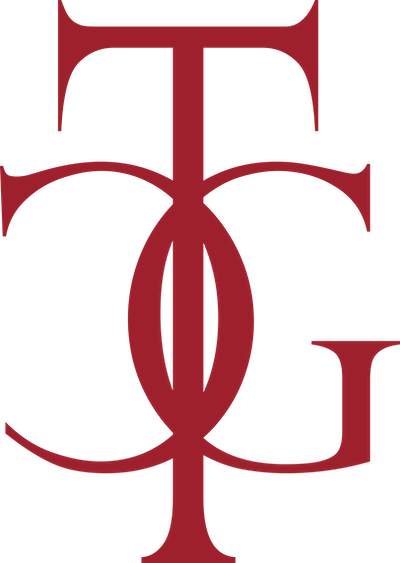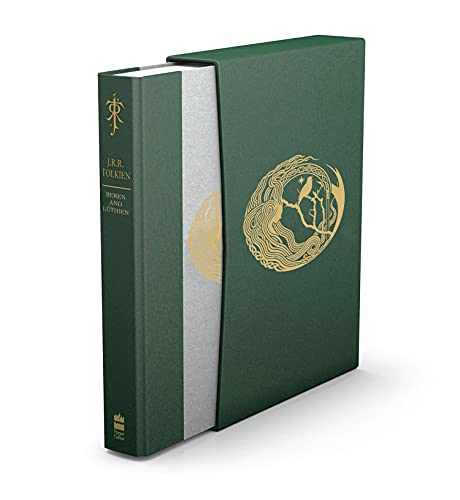Letters  View Discussion
Next
Previous
(did you mean Carpenter's Letter #152?)
View Discussion
Next
Previous
(did you mean Carpenter's Letter #152?)
Next Previous
 View Discussion
Next
Previous
(did you mean Carpenter's Letter #152?)
View Discussion
Next
Previous
(did you mean Carpenter's Letter #152?)
TCG Letter #152 / Carpenter Letter #131
From
J.R.R. Tolkien
To
Milton Waldman
Date
1951 (late)
Type
Unknown
Transcript
Partial
Tolkien wrote this letter to Milton Waldman https://tolkiengateway.net/wiki/Milton_Waldman[1] . Tolkien wanted his publisher, George Allen & Unwin, to publish both The Lord of the Rings and The Silmarillion, but George Allen & Unwin were only interested in publishing The Lord of the Rings. Tolkien was approached by Milton Waldman from the Collins publishing house and Milton had initially expressed an interest in publishing both books, but was now struggling to justify both the length of the books and the content to Collins.
Tolkien sent "a brief sketch of my stuff that is connected with my imaginary world". This is one of the most important of Tolkien's Letters, as it shows how in Tolkien's mind The Lord of the Rings and The Silmarillion are connected, and why both needed to be published.
The very lengthy Letter is broken up into various parts and gives an excellent synopsis of the books
In the 2023 revised edition of Letters, significant material is restored, describing in detail the plot and structure of The Lord of the Rings, book by book. Also, a detailed list at the end of the letter shows all the material that Tolkien would like considered for publication.
Tolkien sent "a brief sketch of my stuff that is connected with my imaginary world". This is one of the most important of Tolkien's Letters, as it shows how in Tolkien's mind The Lord of the Rings and The Silmarillion are connected, and why both needed to be published.
The very lengthy Letter is broken up into various parts and gives an excellent synopsis of the books
- An introduction
- The First Age
- The Second Age
- The Third Age
- A summary of The Lord of the Rings
In the 2023 revised edition of Letters, significant material is restored, describing in detail the plot and structure of The Lord of the Rings, book by book. Also, a detailed list at the end of the letter shows all the material that Tolkien would like considered for publication.
Next Previous





 209
209 29.79K
29.79K